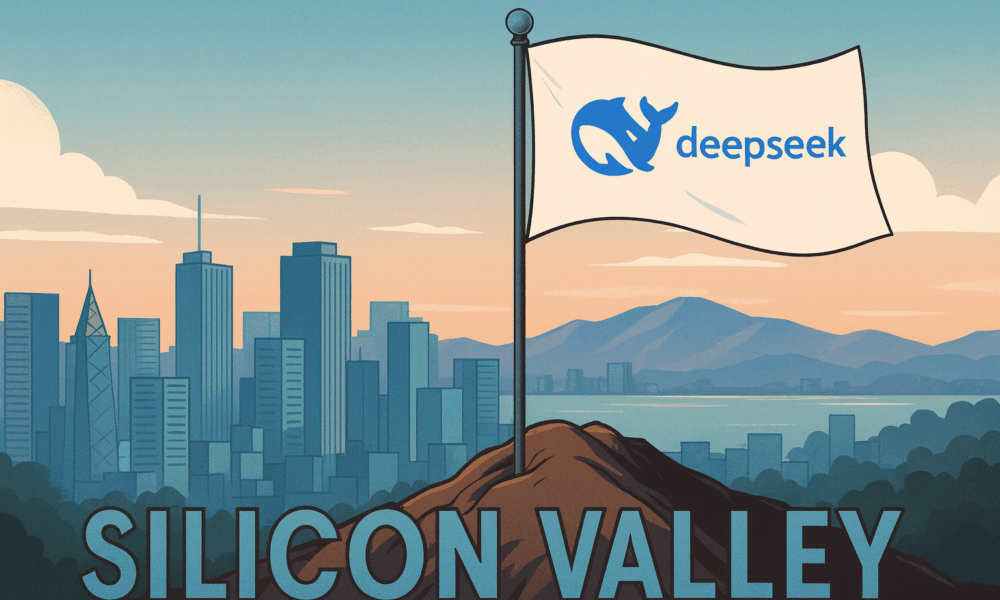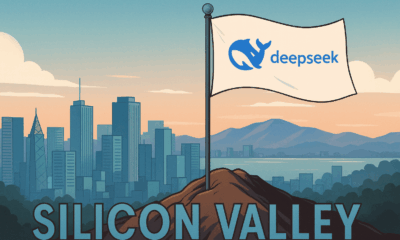


In January 2025, a little-known Chinese AI startup quietly flipped an entire industry’s script. DeepSeek, with a breakthrough model built for just a few million dollars,...



The surge in AI-related job postings is rewriting the employment playbook. According to Brookings and labor market analytics firm Lightcast, postings requiring AI skills more than...